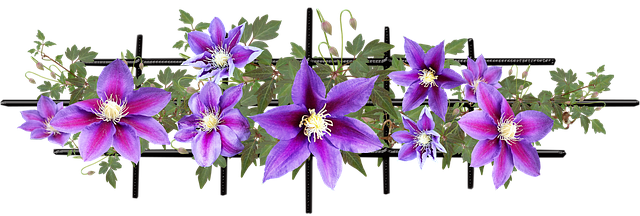Discovering natural pain relief through Kratom (correctly pronounced "krah-tom"), a Southeast Asian herb with alkaloids like mitragynine and 7-hydroxymitragynine, offers an alternative to opioid side effects. To safely explore kratom for chronic pain or relaxation, learn the correct pronunciation, consult healthcare providers, incorporate lifestyle adjustments like meditation and yoga, and maintain consistency in dosing and use.
Discover the power of natural pain management with kratom supplements. This ancient herb has gained popularity for its potential therapeutic effects in alleviating discomfort. In this comprehensive guide, we’ll delve into ‘Kratom 101’, explaining its origins and proper pronunciation. We’ll explore ‘Understanding Natural Pain Relief’ and provide a step-by-step guide to integrating kratom safely into your self-care routine. Learn how to unlock the basics and take control of your well-being naturally.
- Kratom 101: Unlocking the Basics and Pronunciation
- Understanding Natural Pain Relief: A Comprehensive Guide
- Integrating Kratom into Your Self-Care Routine
Kratom 101: Unlocking the Basics and Pronunciation

Kratom, scientifically known as Mitragyna speciosa, is a herb native to Southeast Asia renowned for its potential natural pain management properties. However, before delving into its usage, it’s essential to understand how to pronounce ‘kratom’ correctly. The term is pronounced as “kra-tom,” with a soft ‘k’ sound and a rolled ‘t’. This simple guidance ensures accuracy when discussing or referring to this natural supplement.
The plant’s leaves contain various alkaloids, including mitragynine and 7-hydroxymitragynine, which are believed to interact with opioid receptors in the body, offering pain relief similar to opioids without the associated side effects. Understanding kratom’s basics and proper pronunciation is a crucial step for those exploring natural alternatives for managing chronic pain or seeking relaxation.
Understanding Natural Pain Relief: A Comprehensive Guide

Understanding natural pain relief is a comprehensive guide to discovering effective, safe, and holistic methods for managing discomfort. Kratom, scientifically known as Mitragyna speciosa, has emerged as a popular choice among those seeking alternative pain management solutions. To pronounce kratom correctly, say “krah-tom” with a soft ‘a’ sound. This tropical plant extract offers a range of bioactive compounds that interact with the body’s opioid receptors, providing analgesic (pain-relieving) effects. However, it’s essential to approach kratom as part of a broader wellness strategy, combining it with lifestyle adjustments like regular exercise, adequate sleep, and stress management techniques for optimal results.
This guide delves into various natural pain relief methods, including dietary changes, herbal remedies, acupuncture, massage, and more. By exploring these options, individuals can take control of their pain management journey, enhancing overall well-being and quality of life. Remember, while kratom and other natural remedies show promise, consulting with healthcare professionals is crucial for personalized guidance and ensuring safety, especially when managing chronic or severe pain conditions.
Integrating Kratom into Your Self-Care Routine

Integrating kratom into your self-care routine can be a game-changer for managing chronic pain naturally. This age-old herb, scientifically known as Mitragyna speciosa, has gained popularity for its potential analgesic properties. To begin, learn how to pronounce ‘kratom’ correctly – it’s krah-tom, with a soft ‘a’ sound. Next, consult a healthcare professional to determine the appropriate dosage and strain for your specific needs. Kratom comes in various forms like powder, capsules, or extracts, each offering unique benefits. Start with a low dose and gradually increase as needed, allowing your body to adjust.
Complementary practices such as meditation, yoga, and deep breathing can enhance kratom’s effects. Consistency is key; regularly incorporating kratom into your wellness regimen can provide long-lasting relief. Remember, self-care is a personalized journey, so tailor your routine to suit your preferences and lifestyle.
Kratom, a natural herb with a rich history, offers a promising path to managing pain without relying solely on pharmaceuticals. By understanding its basics and learning the correct kratom how to pronounce, individuals can unlock its potential as a safe and effective natural pain management tool. Integrating kratom into your self-care routine provides an alternative approach to coping with chronic or acute pain, allowing you to take control of your well-being in a holistic way.














